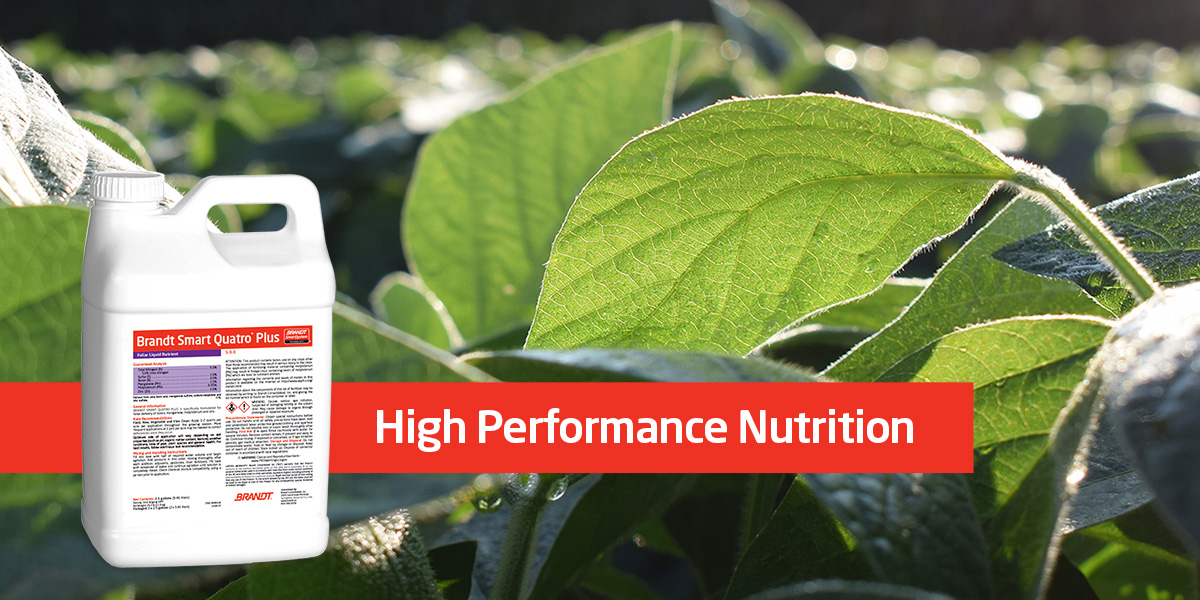The 5 Main Paths to Autonomous Technology in Agriculture

At the 2022 Tech Hub LIVE event, held July 19-21 in Indianapolis, IN, plenty of attendees said that one of the major challenges facing their operations today is finding the help needed to keep things running smoothly. For many, this lack of people has led them down a slightly different path to solve this problem – using autonomous vehicles.
In one session at Tech Hub LIVE event called “Autonomous Equipment: What are the Challenges?”, Paul Welbig, Director of Business Development for Raven Industries, spelled out for attendees how autonomous vehicle technology has progressed within agriculture in a relatively short amount of time.
“In my 25-plus-year career in precision agriculture, I just can’t believe kind of where we are today because of this technology,” said Welbig in his introduction.

Paul Welbig (left), Director of Business Development, Raven Industries, discusses the future of of autonomy in agriculture at Tech Hub LIVE 2022 in Indianapolis, IN. Welbig was part of a panel for “Autonomous Equipment in Agriculture: What are the Challenges?” that also included Kaleb Bowman, Director of Operations, Agtegra (middle), ad Cory Spaetti, Director, Agriculture Engineering, Sabanto.
For this opening, Welbig went on to describe to Tech Hub LIVE attendees what he considers the five paths to autonomous technology. “We have already been on Path One for quite a while,” he said. “This is basic technology/precision ag technology being utilized on most farms today, such as autosteer.”
Welbig defined Path Two as the use of connectivity – gathering large amounts of data and sharing this information using web portals or other similar technologically-based methods. “On Path Three, we start to automate more things in the cab of the equipment,” he said. “This basically allows the operator to mostly be sitting in the seat, coordinating and monitoring everything as the machine works.”
Path Four is where the agricultural industry stands today, said Welbig. “Now we are getting into supervised autonomy,” he said. “Here, the machines operate by themselves in the field without an operator, but they are being supervised by someone on the edge of the field they are working in.” An example of this technology, added Welbig, was Raven’s OmniPower 3200 autonomous spreader.
Eventually, Welbig sees the industry going down Path Five – total autonomy. “These machines will be robots, like a Roomba,” he said. “These would go out into the field by themselves, performs all the functions they are required to, and return back to the shop without any direct supervision.”






